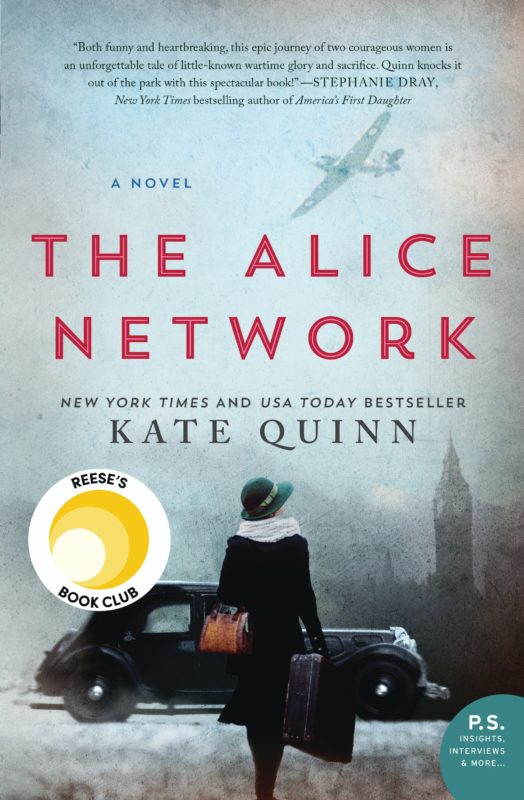There’s a lot of good historical fiction out there, but there’s also a lot of bad. In no particular order, here’s a list of my top ten peeves in historical fiction.
1. Twenty-first century attitudes in historical characters. Unquestionably first on the list. Nothing makes me toss a book faster than a twenty-first century feminist striding through medieval England, or a sixth-century warrior who has long relationship talks with his wife. Unfortunately this kind of thing is widespread, and I don’t understand why–writers wouldn’t dream of giving their Elizabethan-England heroine a cell phone, but they can’t seem to resist giving her modern thoughts and opinions. The fact is that most pre-modern parents did not think it abusive to marry off their teenage daughters; most pre-modern men did not have relationship talks with their wives; and any pre-modern woman who ran around demanding equal-sex treatment would have been smacked. Them’s the facts. You don’t like it, stick to writing about the modern era.
2. Trendy historical periods. I’ll admit that Tudor England was my favorite historical period as a child. But how many more books about Anne Boleyn and Henry VIII do we really need? Ditto books about Richard III. Let’s find some new historical figures to write about. England had a lot of kings. And there are other countries besides England.
3. Choosing a historical period or country for its accessories. Scotland is the worst victim here. How many bad historical fiction books have been set in Scotland simply so the author could have Scottish accents, men in kilts, and sex scenes in the heather? I like a man in a kilt as much as anybody, but do your homework. Crack a book or two, give us some details besides the obvious ones. Don’t just watch “Braveheart” and call it a day.
4. Sex scenes in the rain. Here’s one that made its way from the movies. Scarlett Johansson and Jonathan Rhys Meyers did it in “Match Point,” Andie McDowell and Hugh Grant did it in “Four Weddings and A Funeral,” Keanu Reeves and Charlize Theron did it in “Sweet November”–and now historical fiction couples are hooking up in the rain too. Be original. A Cossack couple hooks up in the snow during a thrilling novel of the Bolshevik revolution? Not very believable, maybe, but at least I haven’t read it before.
5. Ecstatic sex scenes in general. Half the fun of a good book is a vicarious bonk, but I get a little tired of virginal heroines who have ecstatic first-time sex. How many of us really had that much fun the first time? It doesn’t all need to be pain and blood, but why not give things a little more awkwardness? Might be funny and touching as well as sexy.
6. She hates him, but she loves him. Historical fiction isn’t the only guilty genre here–it seems like most romantic couples in books these days start out fighting like cat and dog, then finally realizing (with a gasp) that they’re in love. I think this one came over from the movies too. Let’s just skip it.
7. Humorless historical fiction. When did historical fiction get so serious? Did nobody pre-21st century ever laugh?
8. She isn’t beautiful, but she is. Heroines described as not being beautiful, but all the men in the book are in love with them and their large eyes and small waists are constantly referred to.
9. The pregnancy issue. No one in historical novels ever seems to think about getting pregnant. Even women who have a lot to lose by getting pregnant–unmarried girls, married women with husbands away from home–never seem to consider the consequences. Admittedly, reliable birth control was non-existent in many historical eras. But you’d think the women in these books would give a thought to the possibility of an oops.
10. List-making. Female writers are prone to make long lists of their heroine’s clothes and accessories. Male writers go on long technical riffs about their hero’s weapons. But unless the heroine’s shoe collection or the hero’s rifle-barreled pistols are going to feature importantly in the plot, spare me the details.
This list is by no means inclusive. Any other thoughts?







